Car Design News hosted a trio of experts at Audi, including new design boss Massimo Frascella, to discuss the future of German car design and learn more about the brand’s direction
The evolution of German car design is an ongoing conversation as some of the biggest names in the industry look to blend heritage with innovation and quality with timelessness.
During a livestream hosted by Car Design News and supported by Ultrafabrics, three key figures from Audi shared their unique perspectives on what defines German design today and how it’s evolving for the future.
Joining the discussion were Massimo Frascella, the recently appointed chief creative officer at Audi, alongside colour, material and experience (CME) designer Christine Maier, and interior designer Sümeyra Yalcin.
The session opened with a quick-fire round, capturing the panellists’ instinctive take on the characteristics that define German automotive design. But a deeper conversion unfolded as they explored the question in greater detail, taking into account digitalisation, rethinking how design teams collaborate and the design process itself.
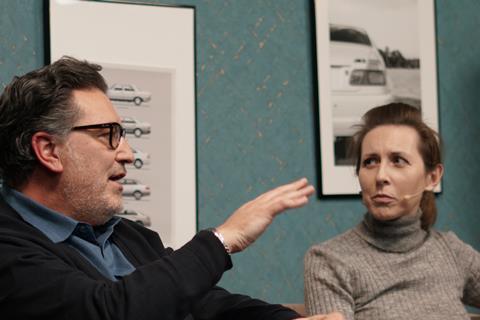
Defining German car design
German car design has long been synonymous with innovation, timelessness and a strong sense of tradition.
Frascella highlighted this enduring reputation, summarising German car design at Audi as – “precision, excellence in engineering and progressive design.” It’s this commitment to technical mastery that has cemented Germany’s position as a global leader in automotive design.
However, it’s not just engineering expertise that defines German vehicles, it’s also the rich history and depth of talent behind them. Maier emphasised the country’s unique combination of skill and creativity, describing it as “our superpower.”
Looking forward to the future of German car design, Maier remains confident in its ability to push the boundaries while maintaining its core strengths. To continue to lead in quality, precision and creativity, the panel agreed that it will be design teams that drive this forward.
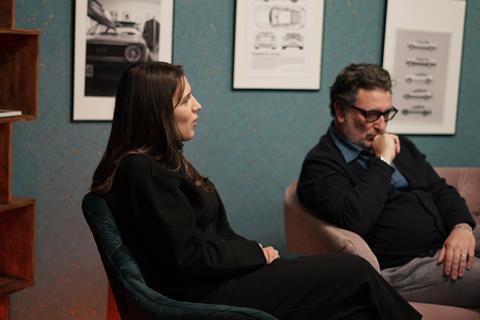
Going digital
As car interiors become increasingly digitalised, German brands face the challenge of balancing cutting-edge technology with a human-centered experience.
While dominating screens and voice-controlled interfaces have become an industry standard, at least in the premium space, Audi designers believe that true luxury lies in thoughtful integration rather than excess. “Interiors that are overwhelmed with screens are a trend,” noted Frascella. “It’s a show-off and literally a display of technology. I think we need to approach it the other way around – what is it that we want our customers to experience?”
We can be proud in the knowledge that we do not follow everything
Yalcin echoed this sentiment, emphasising that digitalisation should serve the driver rather than dominate the interior. “This task goes beyond the hardware – it’s the actual user experience,” she explained. While technology is essential, Audi aims to maintain an emotional connection between driver and vehicle. “If (technology) is overwhelming, I think you lose a bit of the connection to the car itself.”
Rather than following industry trends, Audi is focused on defining its own approach. Maier reflects: “We can be proud in the knowledge that we do not follow everything.” The panel agreed that this selective approach results in an intuitive cockpit experience without compromising brand identity or the driver’s connection with the vehicle.
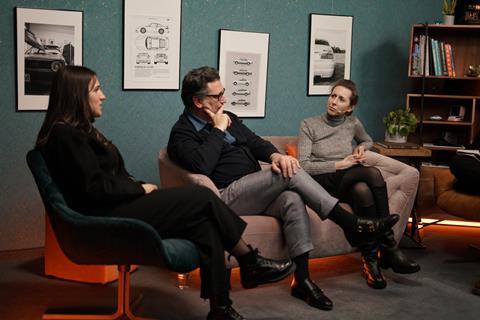
Rethinking design
As the automotive industry evolves, design teams are restructuring to keep pace. The days of rigid departmental divisions are fading, replaced by a more collaborative approach, where creativity can move freely across formal disciplines. As Frascella put it: “A good idea is a good idea.”
Frascella commented further: “Designing a vehicle or an experience is very different today than 10 or 20 years ago, so the structure of the design organisation needs to reflect that change.” This shift isn’t just about efficiency, he notes, but also about encouraging a new way of thinking.
A key focus is the integration of both digital and material design, areas once considered separate but now central to customer experience. “Colour, material and experience is a huge transition from the old days of colour and trim,” Frascella explained. “Materials need to deliver as a touch point, not only for the product, but for the customer journey and the brand.”
At the same time, traditional automotive design areas must evolve alongside emerging disciplines like digital UX and brand storytelling.
More than tools or processes, this shift requires a change in mindset. “Everything starts and ends with that,” noted Yalcin. Collaboration, adaptability and an openness to new ideas – regardless of where they come from – will define the future of German car design.

The evolution of the design process
Balancing advanced digital tools and AI with traditional design processes will be crucial, particularly in a market known for its engineering excellence.
“The technology and digital tools here in Germany are very advanced,” said Frascella. “I found a lot of knowledge in artificial intelligence within the design team at Audi which is a really wonderful development.”
While digitalisation has transformed the speed and efficiency of design, traditional methods remain essential. Frascella noted: “Although the idea will always start on a piece of paper with a pen, the communication and the tools for designers are very different.”
Modern designers must now be well-rounded, seamlessly integrating AI and 3D modelling with classic craftsmanship. Yet, even with these advancements, physical validation remains critical. “If you want to have a design that speaks to quality, you have to validate it and work it in a more traditional way,” added Frascella, who conceded that digital-only designs do tend to have a certain look.
This evolution is what continues to define German car design. By embracing innovation without sacrificing traditional design processes, German brands can maintain their reputation for excellence.
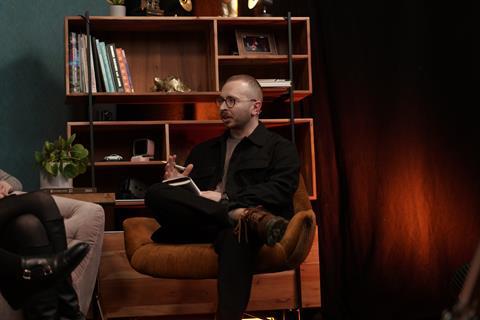
Need for speed
As competition in the global automotive industry intensifies, the speed of design and development has become a crucial factor for many brands.
The risk of going too fast is to become a design factory, and I think that’s a dangerous thing
Chinese brands in particular are accelerating their processes, bringing vehicles to market at an unprecedented pace. In contrast, German manufacturers are taking a more measured approach, ensuring speed does not come at the expense of quality.
“You have to go faster,” said Frascella, “but you also have to be careful that you don’t cut corners, and you don’t compromise on quality. There is a creative time and space that needs to be protected. The risk of going fast is to become a design factory, and I think that’s a dangerous thing.”
Instead, Audi is leveraging new technologies and collaborating with startups to maintain innovation while preserving their core values. “If there’s a very good and tight connection, you have all of this knowledge together. I think we are really strong, and we have to use this,” added Maier.

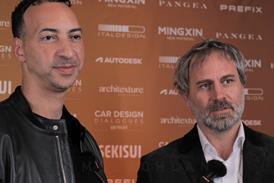
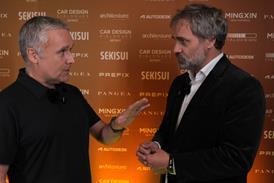
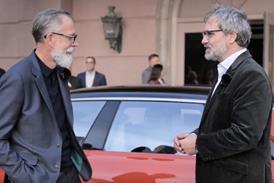
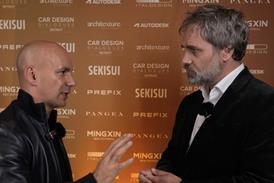
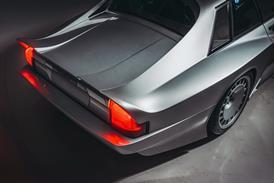

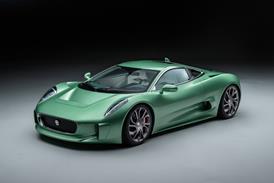
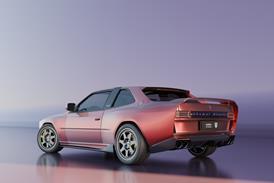

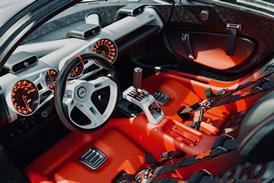


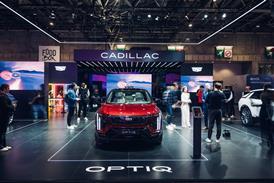
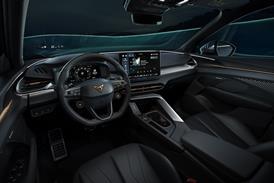
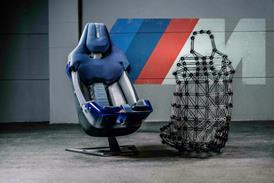

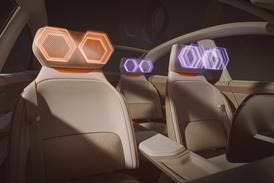
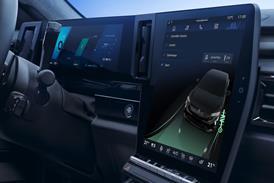
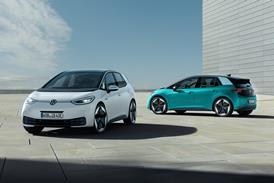

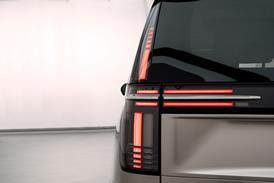
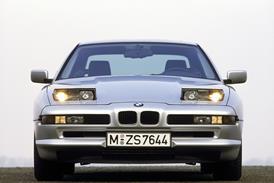
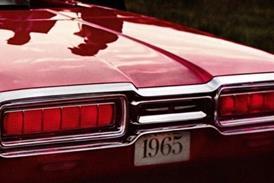
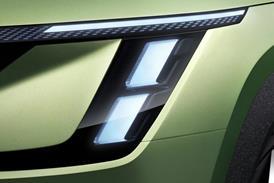
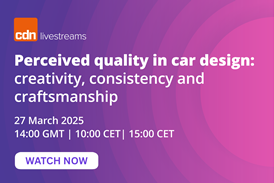



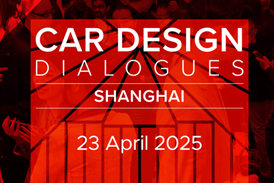
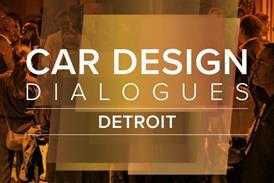
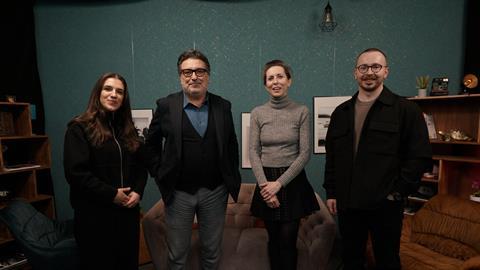
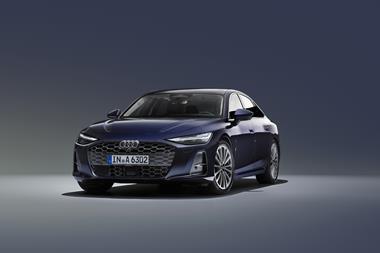
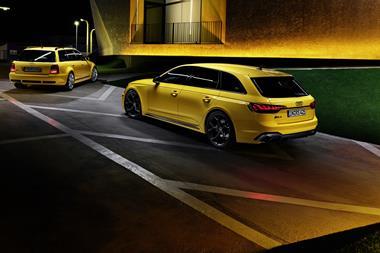
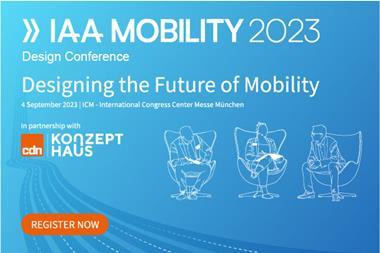
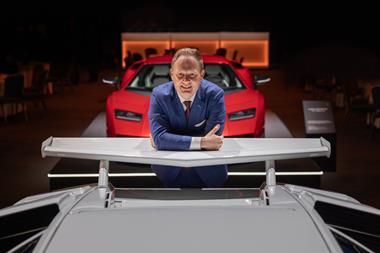
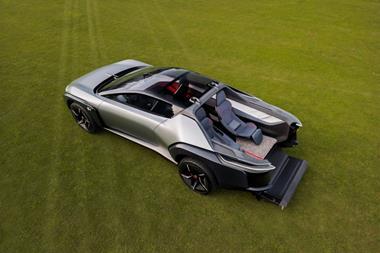
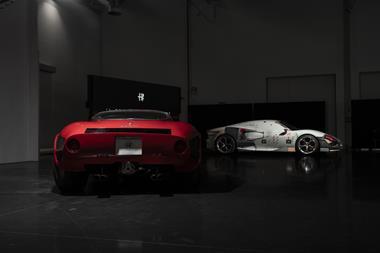

No comments yet